

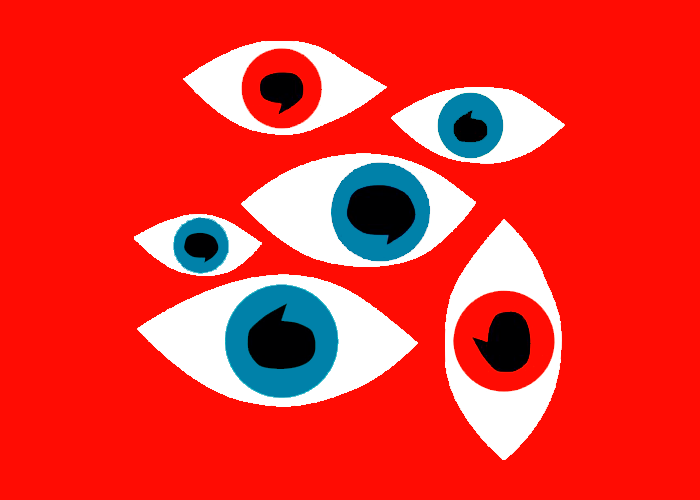
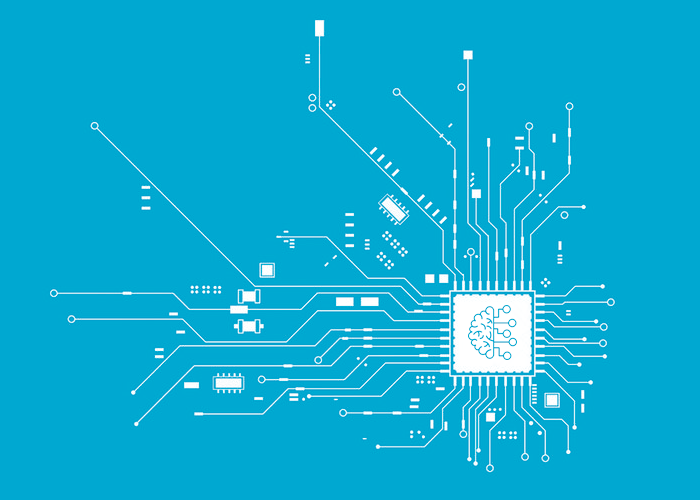
ChatGPT is built on a revolutionary language model called GPT-3, which stands for “Generative Pre-trained Transformer 3.” Sounds impressive, right? Let’s break it down!
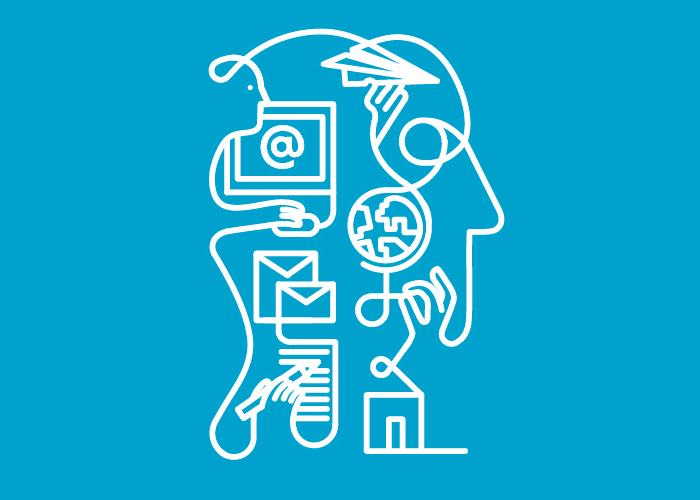
ChatGPT is a “generative” model, meaning it can generate new text. It’s not just picking from pre-existing responses; it creates original answers based on what it has learned from vast amounts of data.

Before you even start chatting with ChatGPT, it goes through an extensive training phase. During this training, it reads and analyzes an enormous amount of text from books, websites, articles, and more. This helps it build a vast knowledge base.

The “Transformer” architecture is a special type of neural network that allows ChatGPT to understand the relationships between words and the context in which they appear. It helps it make connections and generate more coherent responses.
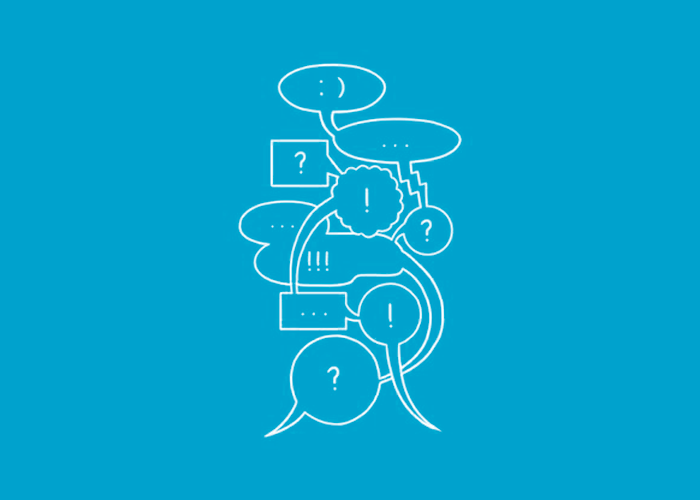
Now, here’s the cool part: ChatGPT learns to predict what comes next in a sentence by looking at patterns in the data it has seen during training. It grasps grammar, syntax, and even subtle nuances of language. When you ask a question or type a message, it uses this knowledge to predict the most likely next words and generate a response that fits the context.
But it doesn’t stop there! ChatGPT has 175 billion parameters. In simple terms, these are like individual knobs it can adjust to fine-tune its responses. More parameters mean more complexity and a better understanding of the nuances of language.
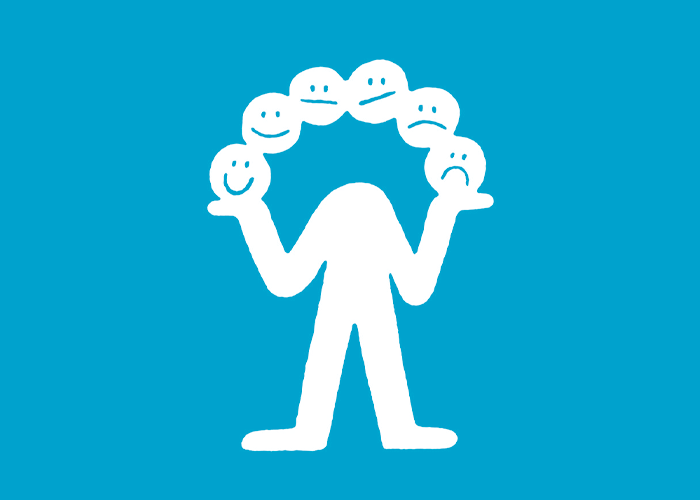
Misunderstanding context: GPT-3 may misinterpret the context of a conversation, leading to irrelevant or nonsensical responses.
Example:
User: “Can you teach me how to fly?”
Chatbot: “Sure! First, you’ll need to grow wings like birds and find a suitable perch.”
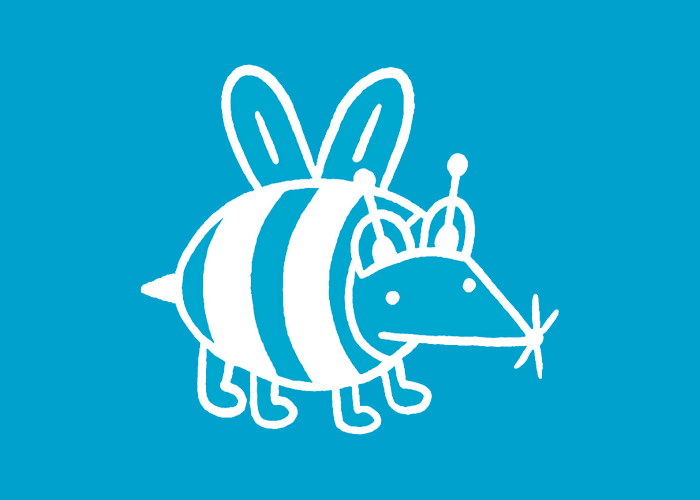
Generating fake information: If provided with incorrect or misleading data, GPT-3 can unknowingly generate false or inaccurate responses.
Example:
User: “What is the capital of Mars?”
Chatbot: “The capital of Mars is Olympus Mons City.” (Mars doesn’t have a capital as it is not inhabited.)

Lack of empathy: GPT-3 lacks emotional intelligence and may provide insensitive or inappropriate responses in sensitive situations.
Example:
User: “I’m feeling really sad today.”
Chatbot: “Well, cheer up! It’s a beautiful day outside.”
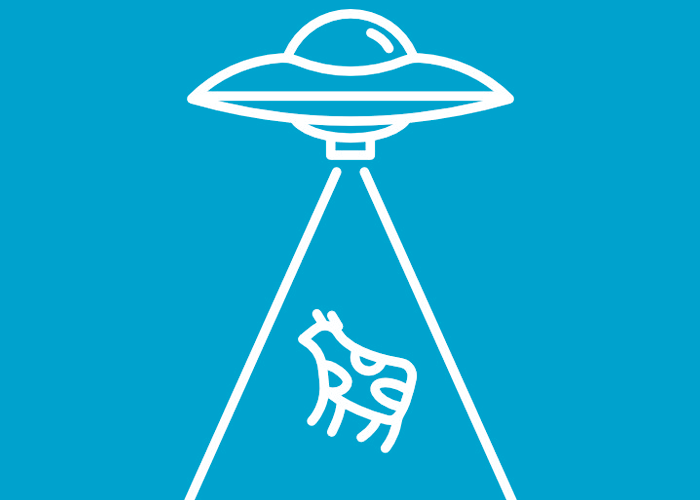
Answering beyond its knowledge: While GPT-3 is vast in its knowledge, it may sometimes attempt to answer questions outside its expertise, leading to incorrect responses.
Example:
User: “What is the cure for cancer?”
Chatbot: “The cure for cancer is a combination of unicorn tears and magic potions.” (GPT-3 lacks medical expertise and should not provide medical advice.)

Overusing certain phrases: GPT-3 might repeat certain phrases or information excessively, making the conversation less natural and human-like.
Example:
User: “Tell me a joke.”
Chatbot: “Why did the chicken cross the road? Because it wanted to cross the road, of course!”
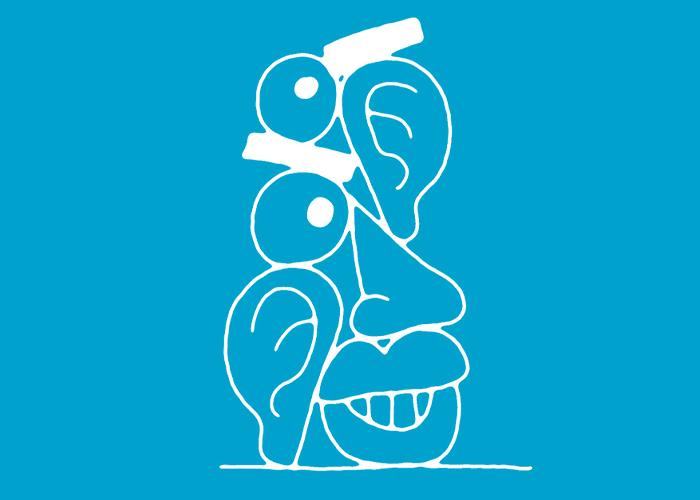
Incomplete responses: GPT-3 may not always fully address a question or provide complete answers due to limitations in its understanding.
Example:
“Can you explain the theory of relativity?”
Chatbot: “The theory of relativity was proposed by Albert Einstein in 1905 and involves…” (The chatbot provides only a partial explanation.)

Complying with unethical requests: GPT-3 does not have a moral compass, so it may provide responses that are ethically problematic if asked to do so.
Example:
User: “Can you write a fake review for my product?”
Chatbot: “Sure, here is a glowing review for your product.” (Writing a fake review is unethical and dishonest.)

Language nuances: GPT-3 might struggle with understanding complex sentence structures, leading to inaccuracies or misunderstandings.
Example:
User: “I’m going to grab some food. Want anything?”
Chatbot: “Sure, I want to grab a pizza.” (The chatbot misunderstands the meaning of “grab” in this context, resulting in an awkward response.)

Hey there! So, “what’s next” for chatbot technologies like GPT-3?
Well, the future looks incredibly exciting! As technology keeps advancing, chatbots will become even smarter and more helpful in our everyday lives.
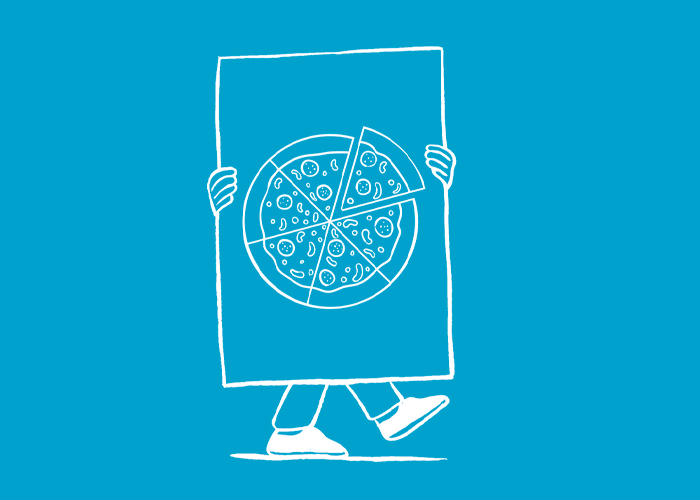
First of all, chatbots will become more personalized. They’ll be able to remember and understand our preferences, making interactions feel more like talking to a real friend. Imagine having a chatbot that knows your favorite music, food, and hobbies, and can recommend things you’ll love!
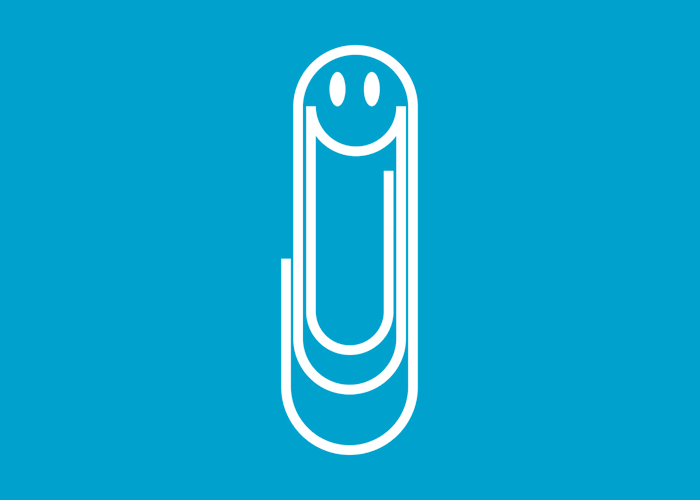
Chatbots will also get better at understanding emotions. They’ll be able to detect if you’re feeling happy, sad, or confused, and respond in a more empathetic and supportive way. It’s like having a digital companion who truly cares about your feelings.
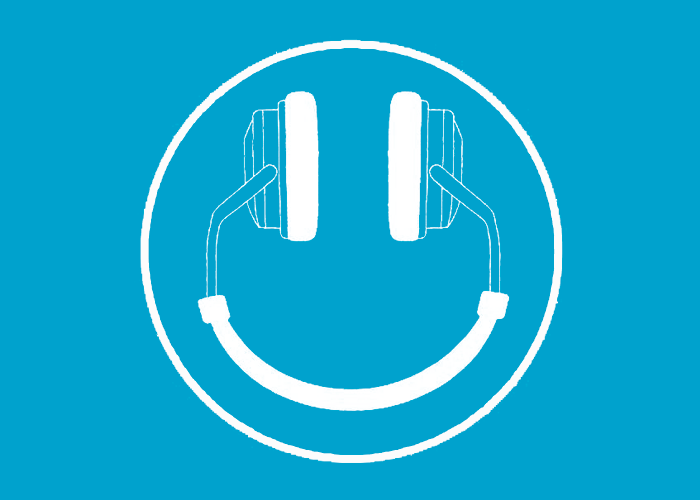
Another exciting thing is that chatbots will become even more creative and artistic. They’ll be able to write stories, poems, and even compose music!
You could have a chatbot that helps you write your next novel or creates beautiful artworks based on your ideas.

And guess what? Chatbots will play a huge role in education too. They’ll become amazing virtual tutors, helping you learn new subjects, solve problems, and practice languages. Learning will be more fun and interactive with their help.

But with all this progress, we need to be responsible users of technology. It’s essential to understand that chatbots are just machines, and they can make mistakes. So, we should always verify the information they provide and not rely solely on them for critical decisions.

Overall, the future of chatbot technologies is bright! They’ll be more than just tools; they’ll be our companions, teachers, and creative partners. Get ready for a world where chatting with AI becomes a fantastic and enriching experience!